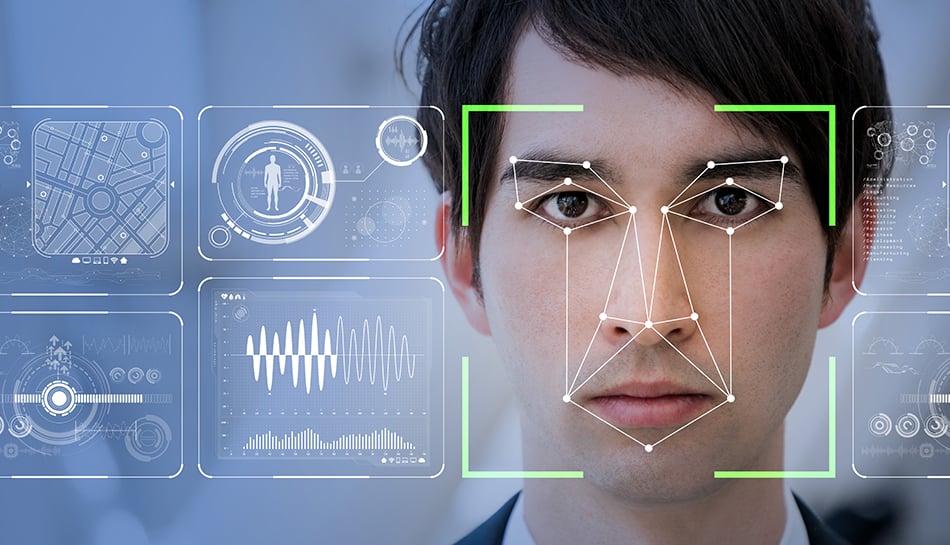There are currently initiatives underway to create such a standard, including the International Air Transport Association (IATA) One ID, International Civil Aviation Organization Traveler Identification Program (ICAO TRIP) and World Economic Forum Known Traveler Digital Identity (KTDI), among others.
Still, the majority of today’s airport biometric programs are being developed in relative isolation. One airline might choose to develop a system that aligns with its concept of operations, boarding procedures and other standard procedures. Another airline in the same airport could, in theory, take a different approach that more accurately reflects its own procedures. Depending on the exact use case and the airport’s governance model, those programs could operate independently of the biometric ID program the airport operates to comply with CBP regulations or other international mandates.
This is possible because no universal standards currently exist for data collection, management, ownership or sharing for nongovernmental, passenger convenience-driven biometrics applications. A move to a single, global biometric ID standard could reduce the potential for confusion that would be created by a fragmented approach to biometrics. It could also help to foster uniformity across airports with respect to many aspects of passenger facilitation.
Establishing a global standard, however, will be no easy task. Stakeholders may face different privacy and legal issues and may not universally agree on how this technology will be deployed, nor on how stakeholders might use, share and integrate the data they collect in the process. The newly published and adopted ISO/IEC biometric Standard Series 39794, for example, will likely be adopted by ICAO as the basis for its 9303 standard on machine-readable travel documents. Technology standards for image resolution, exposure and other quality issues remain to be developed, and the accuracy of facial matching algorithms across demographics must also improve. Any global biometric standards will require privacy policies and rules that address how, where and for how long data is saved. A framework is also needed to define and clarify roles for all stakeholders.
To move forward, the industry should adopt a unified approach in tackling these issues. A global biometric standard will require cooperation among airlines, airports, government agencies, suppliers and other stakeholders. One challenge will be to harmonize the many industry initiatives already underway. The objectives are to have internationally agreed-upon standards for all biometric modalities, while understanding there are broad diverse applications and respecting data privacy requirements across jurisdictions.




